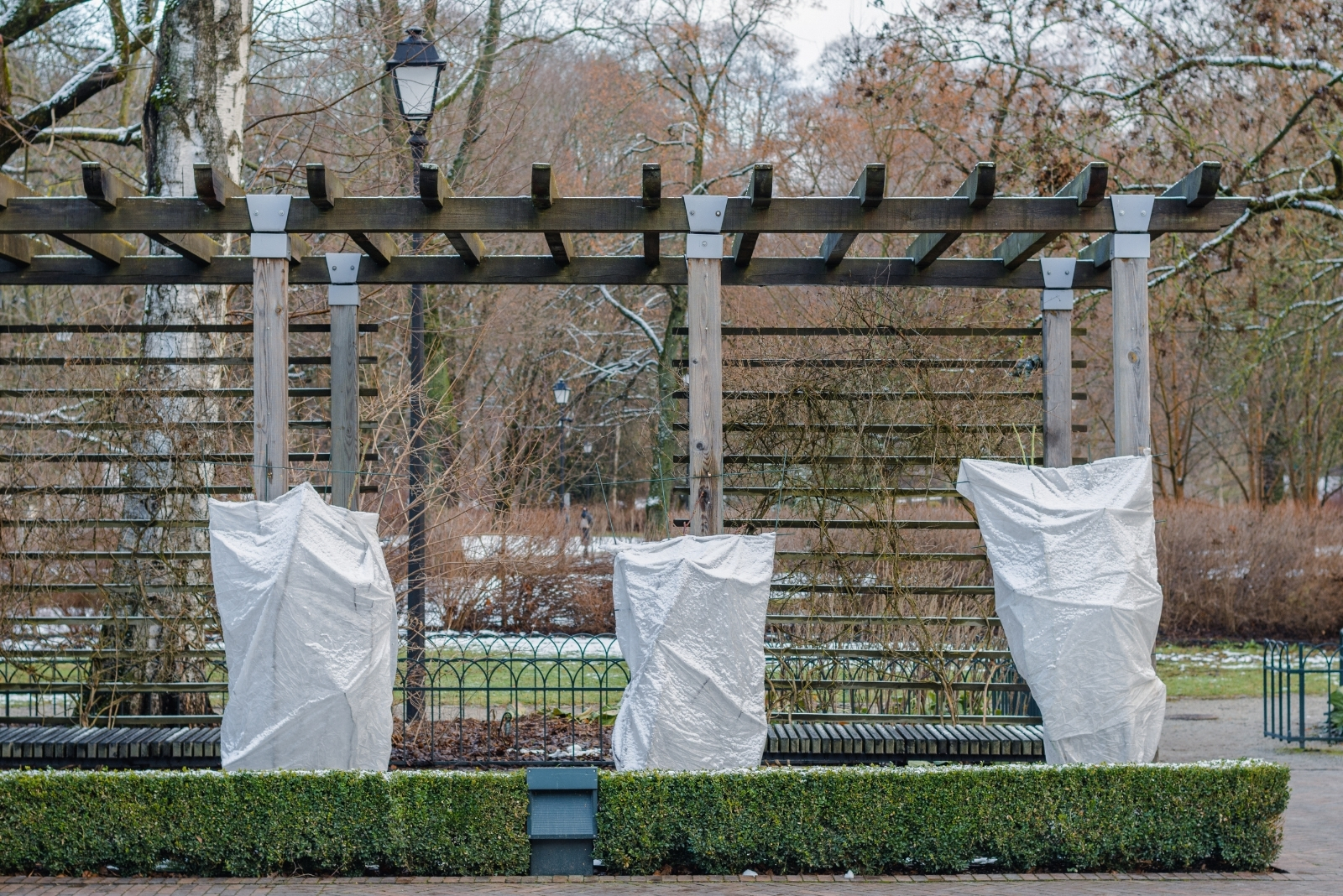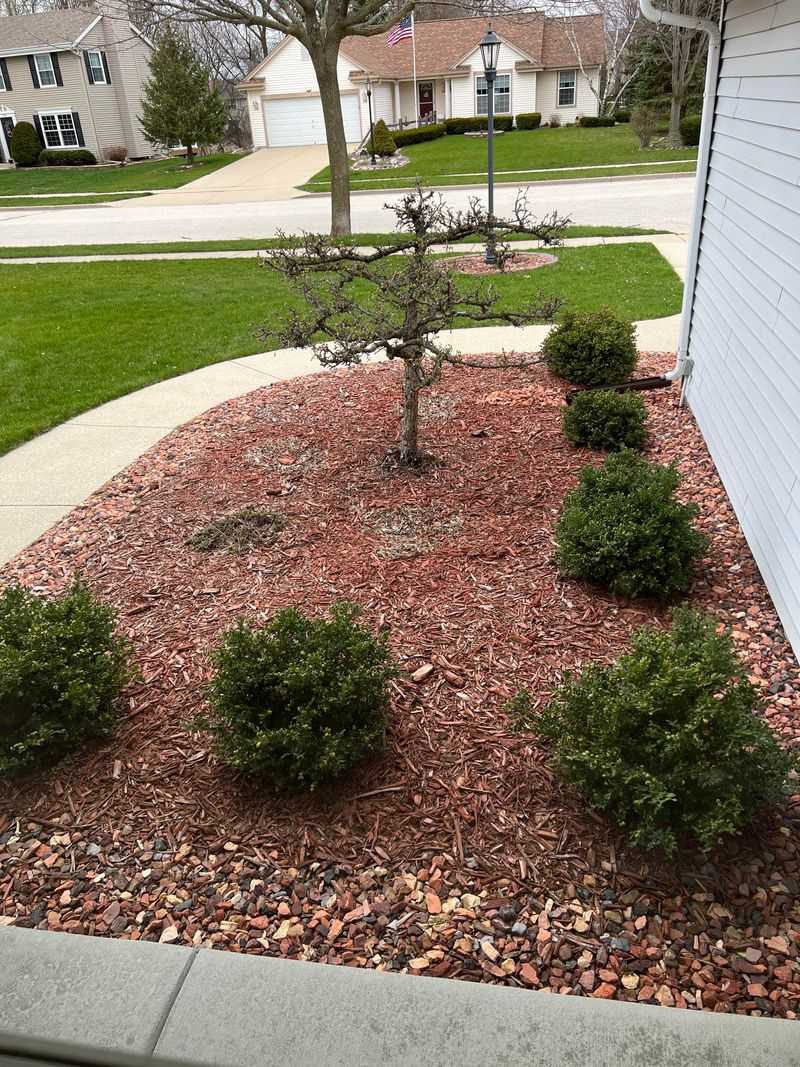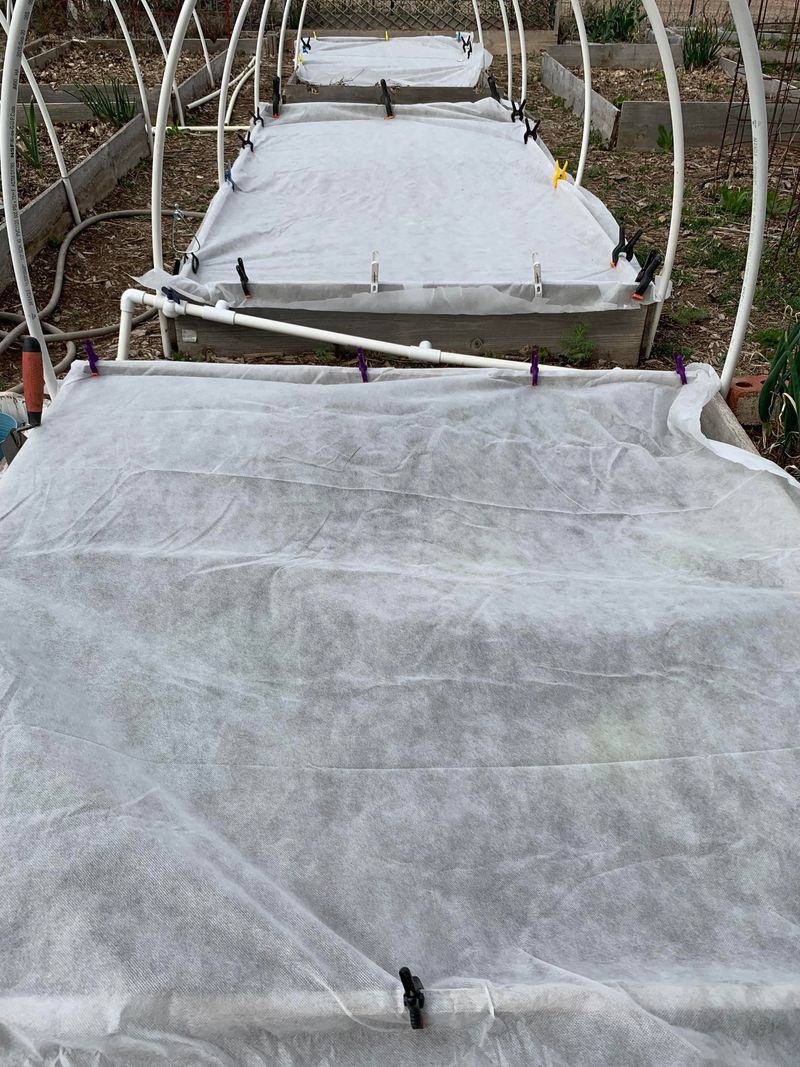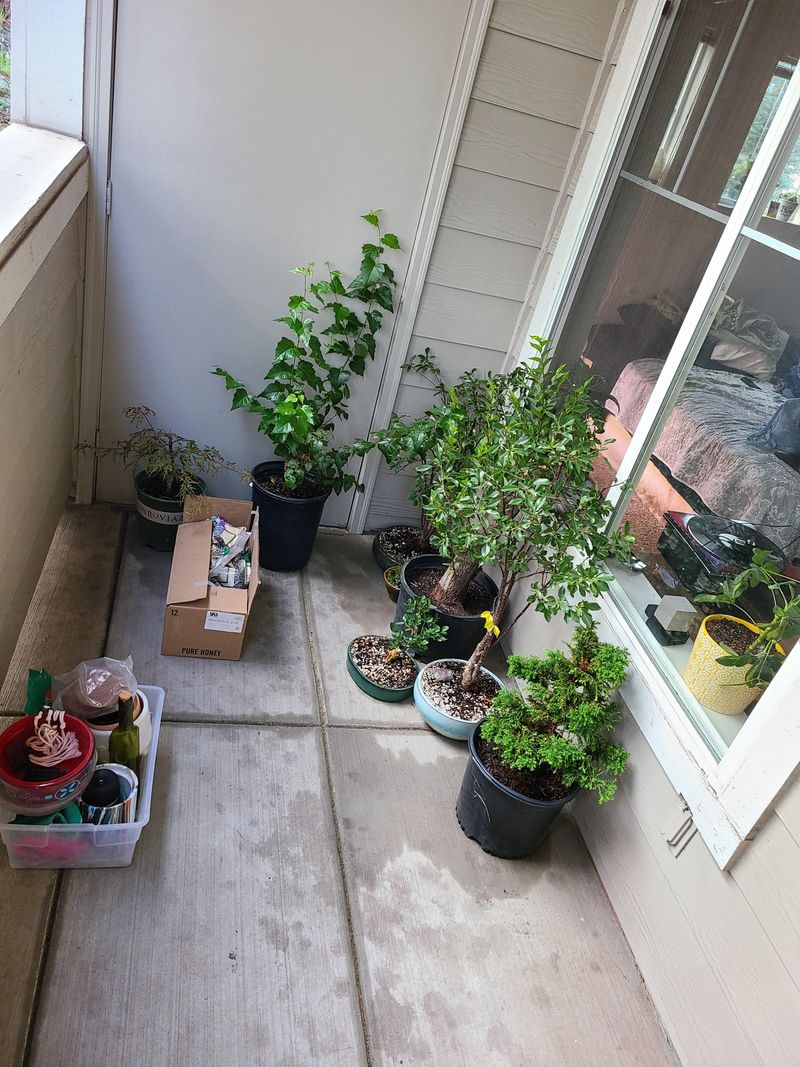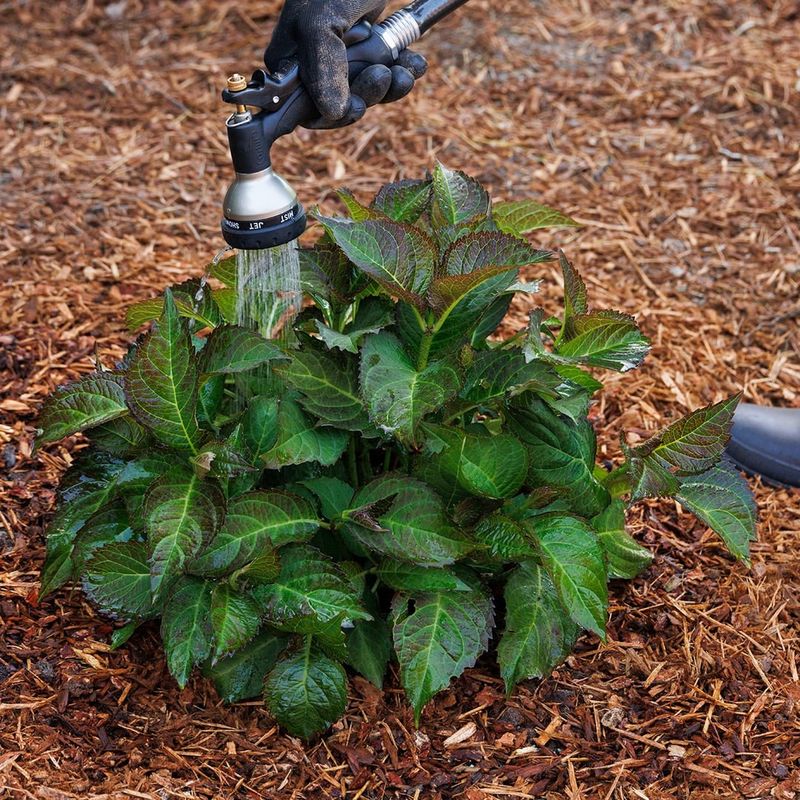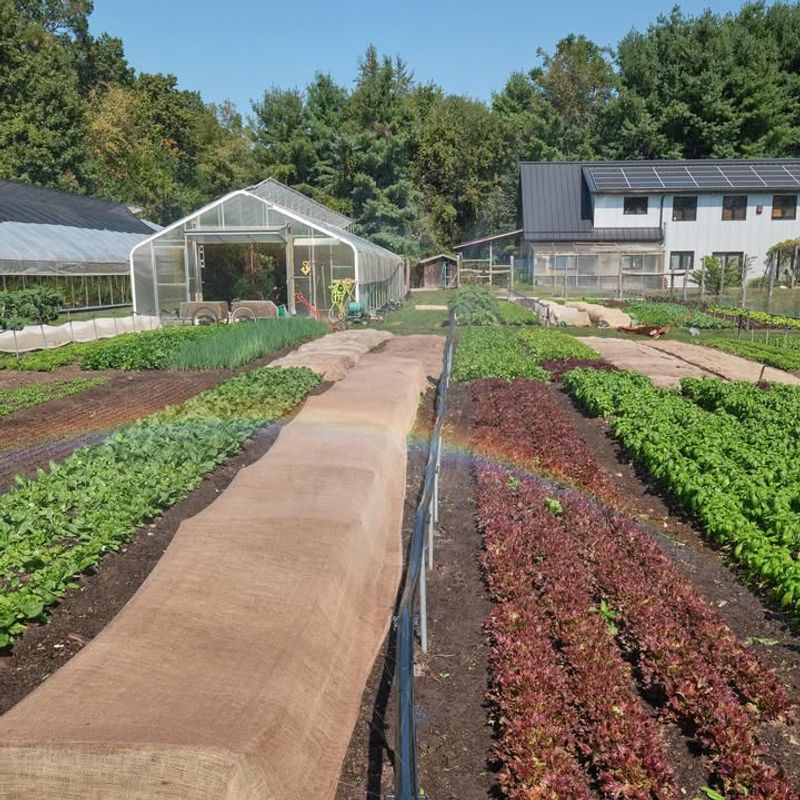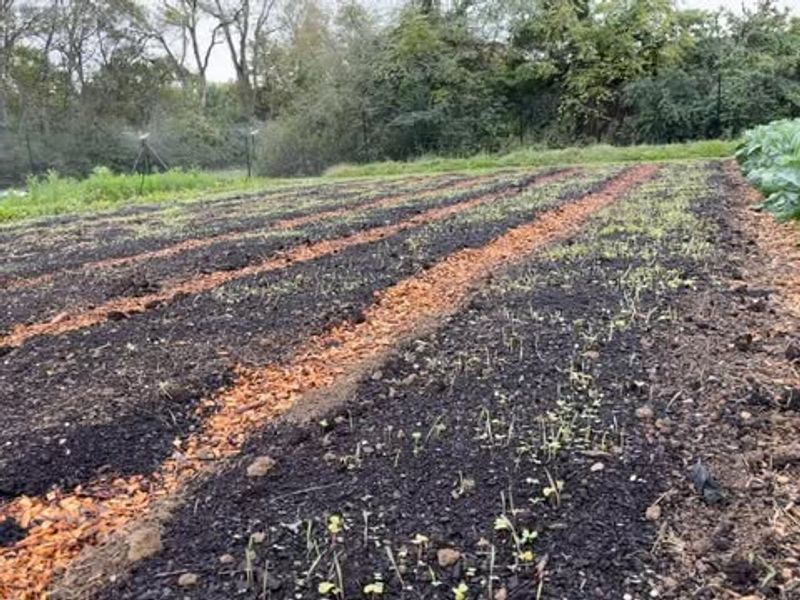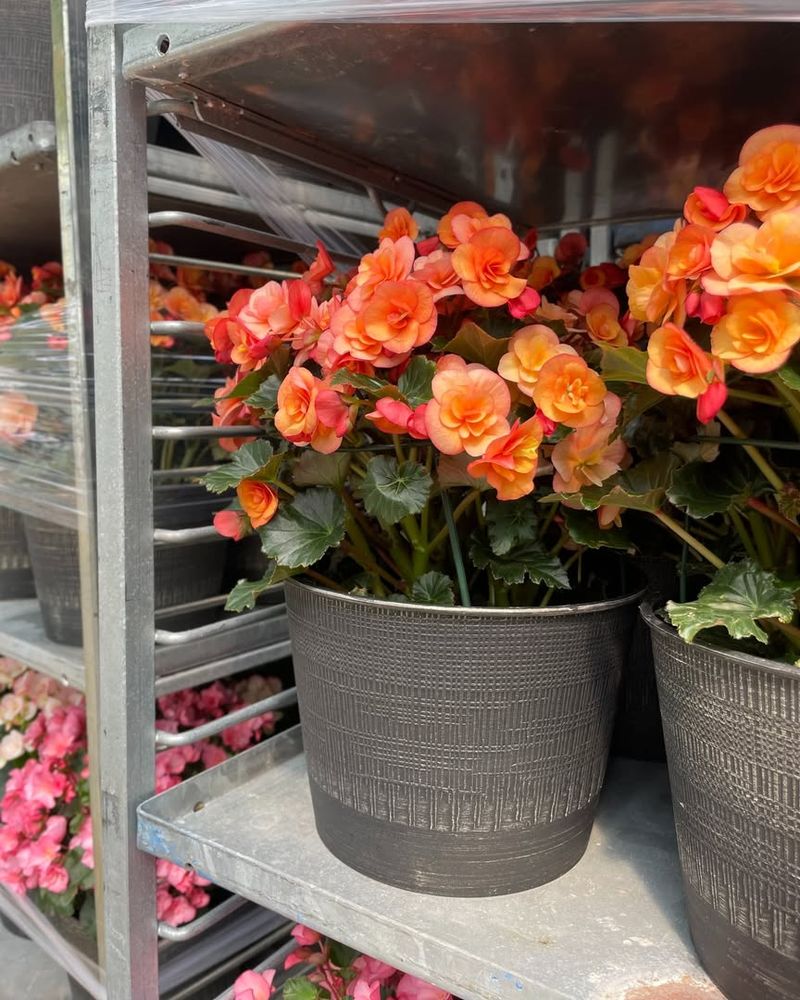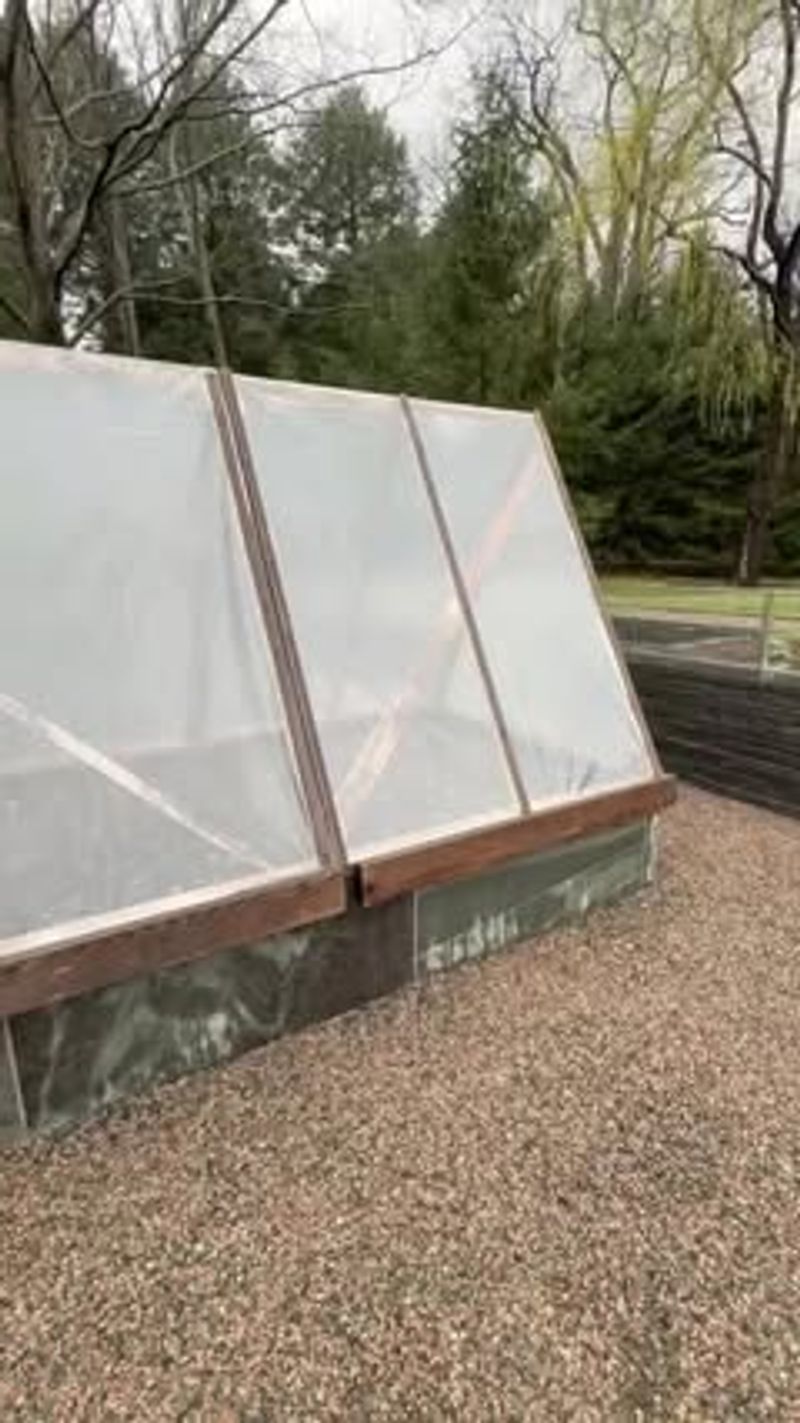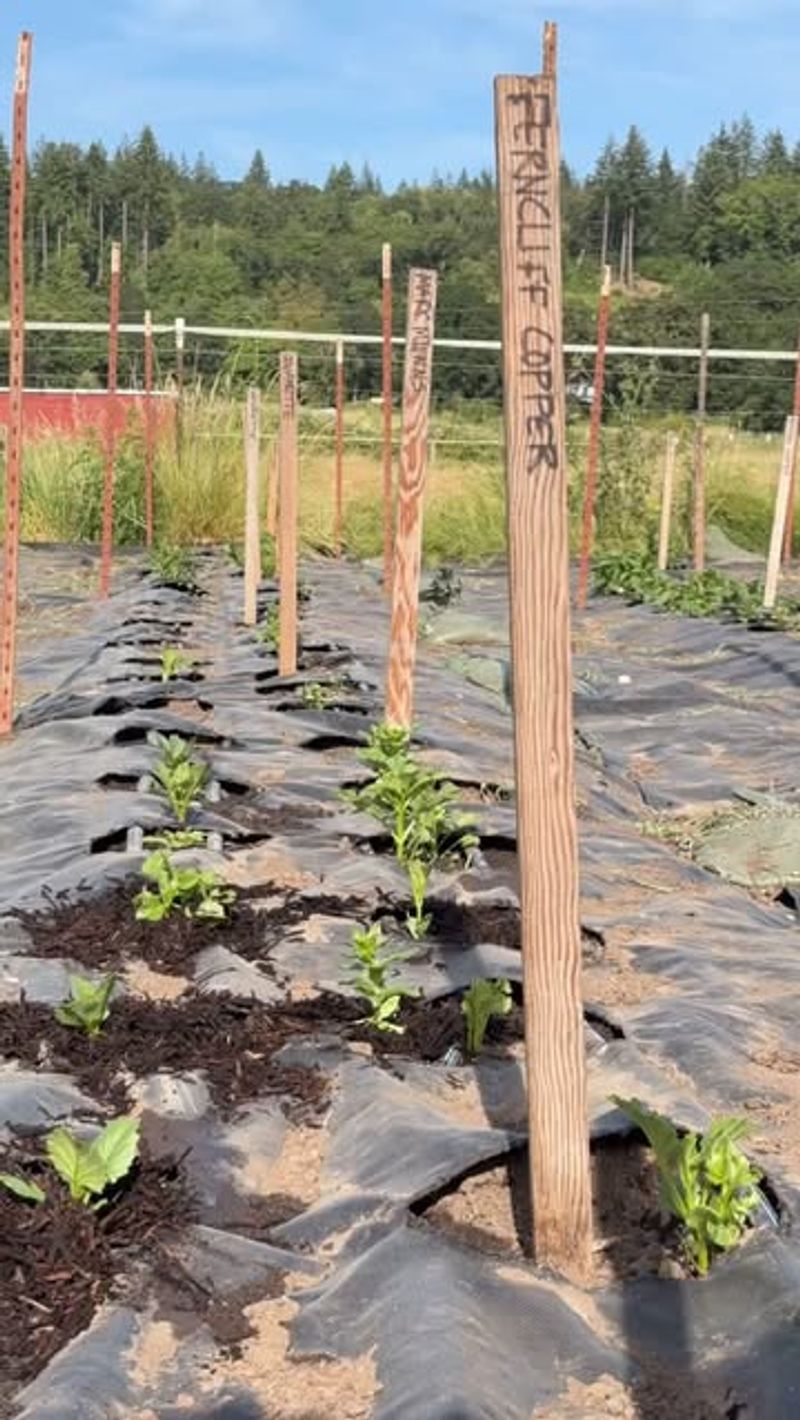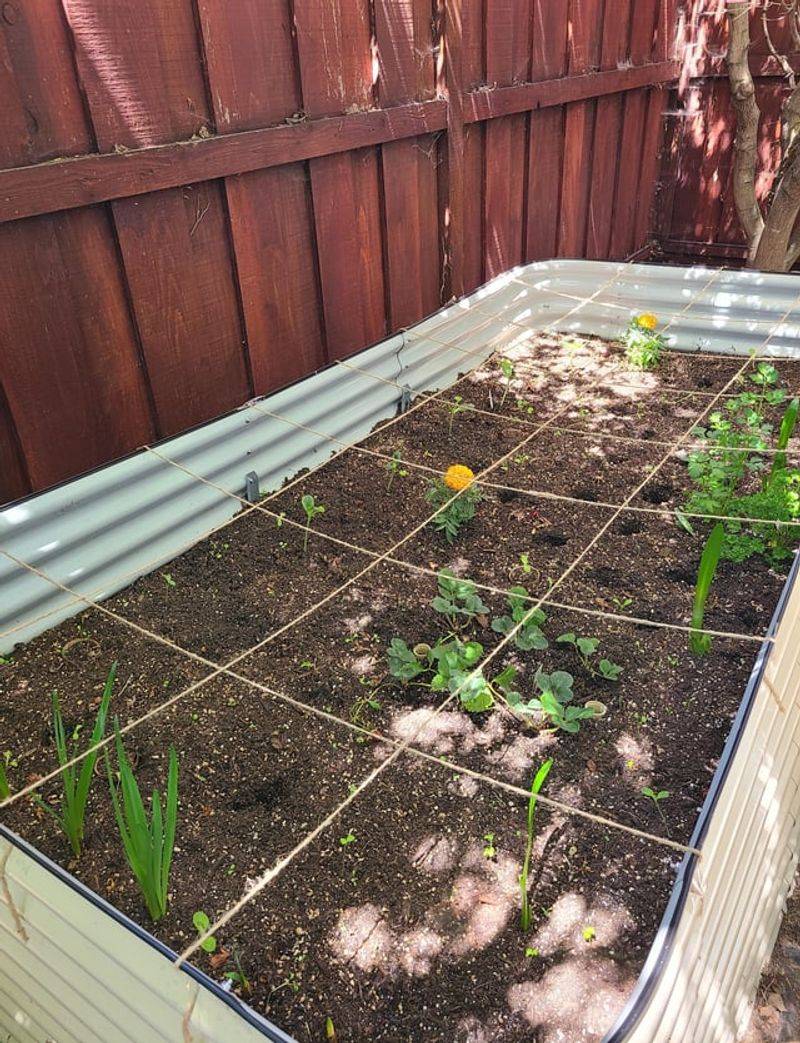Ohio’s crisp nights can surprise even the most prepared gardeners. Tender perennials need a little extra care to survive the chill.
With the right techniques, these plants can weather the season beautifully. Protecting them now keeps your garden looking vibrant through fall.
1. Apply a Thick Layer of Mulch
Spreading a generous blanket of mulch around your plants acts like a cozy jacket for their roots. Wood chips, straw, or shredded leaves work wonderfully to trap warmth in the soil.
Many Ohio gardeners swear by this method because it also helps retain moisture and prevents weeds. Aim for about three to four inches of mulch, but keep it a few inches away from plant stems to prevent rot.
Fall is the perfect time to mulch before the first hard freeze hits your area.
2. Use Frost Blankets or Row Covers
When frost warnings pop up for Ohio, lightweight fabric covers can save your plants overnight. Simply drape these breathable materials over your perennials before sunset and remove them in the morning.
Unlike plastic, these covers allow air and moisture to reach your plants while trapping heat near the ground. Garden centers across Ohio carry affordable options that last for years.
Secure the edges with rocks or stakes so wind doesn’t blow them away during the night.
3. Move Potted Perennials Closer to the House
Your home radiates warmth that can make a real difference for container plants. Positioning pots against a south-facing wall gives perennials extra heat during chilly Ohio nights.
The foundation area stays warmer than open garden spaces, creating a microclimate that shields tender plants. Grouping containers together also helps them share warmth and block cold winds.
This simple relocation takes just minutes but can extend your growing season by several weeks in fall.
4. Water Plants Before a Cold Snap
Moist soil holds heat much better than dry ground, giving roots extra protection when temperatures plummet. Give your perennials a thorough watering the afternoon before a forecasted freeze in Ohio.
As water slowly releases heat throughout the night, it creates a warmer environment around plant roots. Avoid watering in the evening or letting foliage stay wet overnight, which can cause ice damage.
Morning watering works too, but afternoon gives soil more time to absorb moisture properly.
5. Create Windbreaks with Burlap Screens
Cold winds can damage tender perennials even faster than low temperatures alone. Wrapping burlap around stakes creates an effective barrier that blocks harsh breezes common in Ohio during fall.
Position these screens on the north and west sides where prevailing winds typically blow from. The fabric lets sunlight and rain through while reducing wind chill around your plants.
Hardware stores sell inexpensive burlap by the yard, and you can reuse the same screens year after year.
6. Add Extra Compost Around Plant Bases
Piling compost around perennial crowns provides insulation while enriching the soil for spring growth. A four-inch layer creates a protective mound that keeps roots warmer during Ohio’s unpredictable autumn weather.
Compost breaks down slowly over winter, releasing nutrients and improving soil structure. Pull it back slightly from stems to prevent moisture buildup that encourages disease.
Local Ohio garden centers often offer discounted compost in fall when fewer people are buying it.
7. Bring Tender Varieties Indoors Temporarily
Some perennials simply can’t handle Ohio’s coldest nights outside, no matter what protection you provide. Digging up favorites like begonias or coleus and potting them temporarily saves these beauties for next season.
Place them near a sunny window where they’ll get adequate light throughout winter months. Water sparingly since indoor plants need less moisture than outdoor ones.
Come spring, you can replant them outside after the last frost date passes in your area.
8. Install Cold Frames Over Garden Beds
Building or buying a cold frame gives perennials a mini greenhouse effect during chilly Ohio weather. These simple boxes with transparent tops trap solar heat during the day and release it slowly at night.
You can construct basic versions using old windows and scrap lumber for very little money. Prop open the lid on sunny days to prevent overheating.
Cold frames extend the growing season on both ends, protecting plants in spring and fall alike.
9. Cover Soil with Black Plastic During the Day
Dark plastic absorbs sunlight and warms the ground faster than bare soil can manage alone. Laying sheets between your Ohio perennials during the day captures heat that radiates out slowly after sunset.
Remove the plastic at night or poke holes in it so moisture can reach plant roots. This technique works especially well during those unpredictable weeks when days are warm but nights turn surprisingly cold.
Reuse the same plastic sheets throughout the season for an economical solution.
10. Plant in Sheltered Microclimates
Choosing the right planting spot prevents cold damage before it starts. Areas near fences, walls, or evergreen shrubs stay several degrees warmer than exposed locations across Ohio yards.
South-facing spots receive maximum sunlight and protection from northern winds. Slopes also work well since cold air naturally drains downward away from plants.
Observe your yard throughout the seasons to identify these naturally warmer pockets where tender perennials will thrive with less effort.

